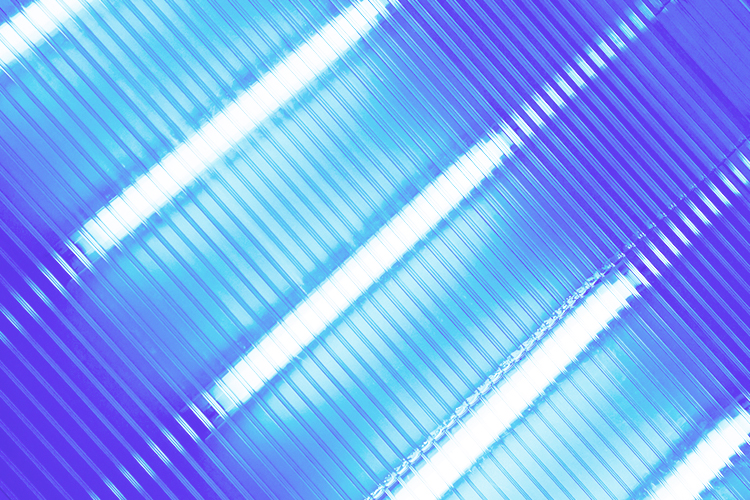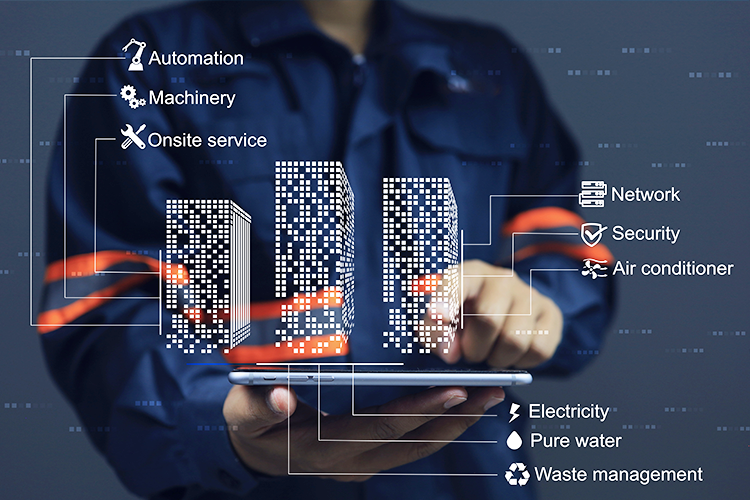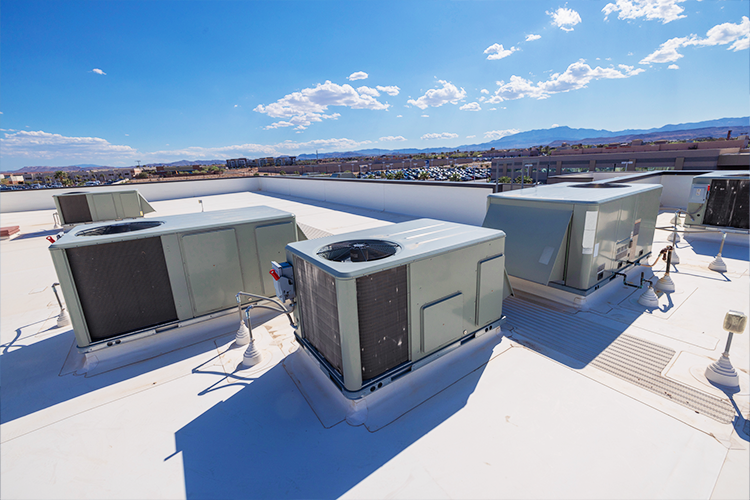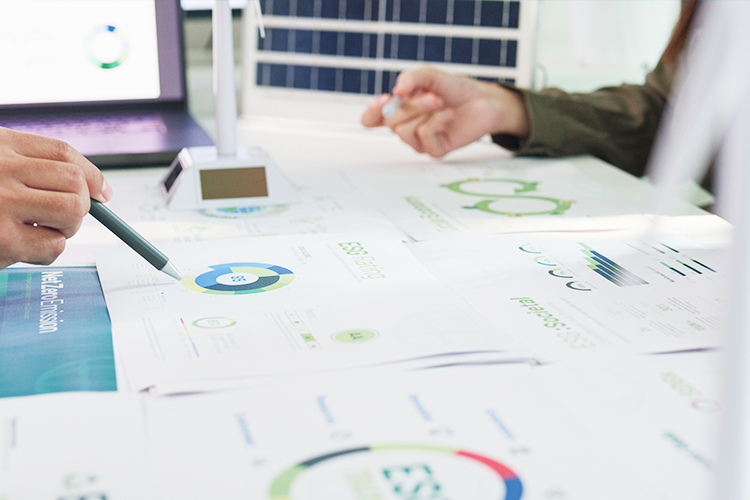COVID-19: A New Pivot Point for the Lighting Industry
June 18, 2020
As states ease their COVID-19 shelter-in-place orders, businesses are scrambling to reopen or adjust their operations. Rigorous cleaning routines are both necessary to slow the spread of the virus as well as to provide environments where customers and employees feel safe.
The added expense of having retail employees use spray disinfectants to wipe down carts and check-out lanes or increasing the number of times cleaning crews deep clean commercial and industrial building environments has businesses looking at other more financially and environmentally sustainable alternatives, including ultraviolet (UV) lighting.
A New Wild West
To those of us who watched LED lighting emerge and take hold just under a decade ago, there is a sense of déjà vu. Only this time human health and consumer confidence replace energy savings as the drivers and there are no standard industry metrics or government regulations to ensure safety and effectiveness.
All kinds of disinfectant UV lighting technologies have entered the market including portals that purportedly disinfect people, at-home plug-in devices that clean phones, keys and other personal items, and systems mounted to automated guided vehicles intended to sanitize the grocery isles they navigate.
To date, DesignLights Consortium (DLC), the lighting industry nonprofit dedicated to accelerating the widespread adoption of high-performing commercial lighting solutions, has yet to approve a UV lighting product to its verified list of high performing LED products.
While UL certifications are critical benchmarks for safety there is no requirement that a product be UL certified in order to be sold in the United States.
Additionally, no one federal agency is responsible for assuring that UV lighting products are safe and effective. While the Federal Trade Commission (FTC) has oversight over truth in advertising and the Environmental Protection Agency (EPA) maintains a registry of anti-microbial device manufacturers, there isn’t an agency playing the role of the Food and Drug Administration (FDA), which regulates and enforces products for safety and effectiveness in hospital settings.
I am not advocating for more regulation. Instead, I am pointing out that the lack of clear standards makes it difficult for businesses to distinguish between what is legitimate and what is snake oil. If a UV lighting product involves claims that you can plug or screw it in and just flip a switch, you have good reason to be weary.
However, guidance may be on its way. On June 23, 2020, the Illuminating Engineering Society and the International Ultraviolet Association announced a partnership to develop American National Standards for the measurement and characterization of ultraviolet C-band emissions (UV-C) device performance.
Navigating safety and effectiveness
So how can we use UV lighting to improve human health and restore consumer confidence when the technology’s infrastructure has yet to mature?
We know that without proper safety precautions UV light is harmful to skin and eyes and must be used in areas where humans and animals are not present. There are safe UV lighting products, specifically in upper air chambers and HVAC applications, that can help disinfect the air. Considering emerging research, disinfecting large amounts of air might go a long way to addressing the COVID-19 pandemic.
However, surface contamination remains an issue, especially for restoring consumer confidence. UV-C lights, which operate in the spectrum of 200-280 nanometers are highly effective surface disinfectants but need to include safety mechanisms, such as occupancy sensors or scheduling features, to provide that benefit safely.
Effectiveness is also hard to gauge at this early stage. However, manufacturers following best practices will have their product studied by independent labs to support claims about effectiveness. This allows manufacturers to truthfully claim that their products are 99%, 99.9% or 99.9(9)% effective against pathogens such as influenza, E. Coli and H1N1. The current belief is effectiveness against these types of pathogens will translate to COVID-19, but time will tell as confirming research is not yet complete.
With retail milestones like Back to School Shopping and Black Friday 2020 approaching, how do you move forward when there is so much that is still unknown?
Work with an expert like EMC
EMC’s vendor-neutral approach to lighting and controls means we are always testing new and emerging lighting technologies and disinfectant lighting is no different. While COVID-19 has accelerated its rise in prominence, disinfectant lighting has been on our radar from a health and wellness standpoint for a few years.
For customers interested in examining disinfectant lighting, it is important to first understand their goals and educate them about the technology’s restrictions and limitations. Once they understand that it involves more than swapping out a lamp or fixture, it becomes important to customize a solution where the UV light reaches and kills pathogens as expected while keeping employees and customers safe.
As an industry facing another pivot point, my hope is that we will take a proactive approach to how disinfectant lighting technology develops and evolves rather than flooding the market with questionable solutions to make a speedy buck.
While the objectives are new, we’re doing what we’ve always done when customers have a new lighting need: working closely with lighting manufacturers and other industry partners to understand the capabilities disinfectant lighting offers and the controls systems and designs that can safely and effectively deliver them.
Aakash Chandarana is EMC’s Director of Advanced Development. His team helps customers realize the value of their existing investments and understand, navigate and implement smart building and IoT technologies. Previously, Chandarana was Vice President of Commercial and Industrial Customer Solutions at Xcel Energy where he was responsible for developing, implementing and managing products and services, including energy efficiency initiatives for medium to large business customers. He holds degrees in business management and biology as well as a law degree from Washington University in St. Louis, Missouri.


